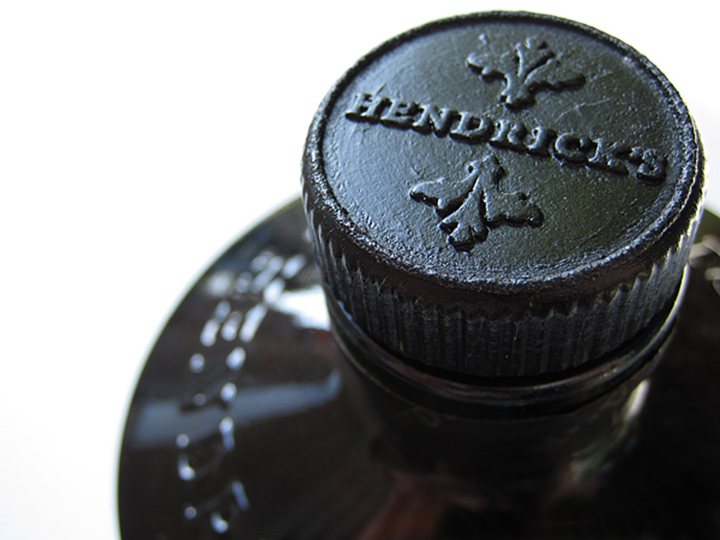Everyone loves a good G&T, but how well do you know your gin?
The definition of gin isn’t as straightforward as you might think
Unlike many other types of alcohol, gin doesn’t have such a straightforward definition – in fact, it is quite subjective. The reason for this is that gin is defined by its flavour: juniper should be the dominant note on the palate, at the fore more than any of the infusions added to it. Gin also gets its name from the juniper berry.
Juniper berries are still picked in the wild
Juniper is not widely cultivated and is still mostly picked in the wild throughout Europe. The berries are then sold to gin makers across the world via distributors.
It was used in the fight against Malaria
Gin was used to lessen the bitter taste of quinine – the medication used to treat malaria since around 1632 – that was mixed into tonic water. Legend has it that this was also the origin of the gin and tonic cocktail.
There are a few different production methods
There are several different techniques for producing gin, and gin can be differentiated into three basic styles:
- London Dry Gin – Juniper has to be the dominant botanical in the infusion. No flavours or infusions are allowed to be added after distillation.
- Distilled Gin – Juniper does not have to be dominant, but must be present. Flavours or further infusion is allowed after distillation.
- Cold Compound Gin – It just has to taste like gin. It doesn’t require actual juniper infusion and one can use juniper flavouring or essence instead.
Gin is a neutral spirit (originally made form grain), it is infused with juniper berries and other botanicals. The neutral spirit is most commonly produced in a column still as this type of still yields more volume and a purer spirit for the base of infusion. This neutral, column stilled spirit is then added to a copper pot still along with the juniper berries and botanicals. The mixture is then redistilled in the pot still and the resulting spirit is called gin.
Hendrick’s Gin uses both these methods – it is the marriage of two different spirits from two rare and unusual stills: the Bennet (maceration) and the Carter-Head (vapour infusion) still. By combining the two, we are able to create an extraordinarily smooth gin that has the required character and balance of subtle flavours that we are known and loved for.
Some classic gin cocktails are…
Everyone knows the Gin and Tonic and Martini, but some of the other classic cocktails are: Moon River, Negroni, Singapore Sling and Tom Collins.
Some not-so-classic…
To find some great new cocktails – or twists on the classics – we recommend visiting hendricksgin.com. Try the Corpse Reviver, Flora Dora or Chelsea Rose. Mix, explore and enjoy!
Make “botanicals” part of your vocabulary
Gins vary in taste because of the different recipes used at different distilleries. Besides using juniper berries, distillers add many other botanicals – which can include, among others, citrus, nuts, and spices – to achieve their desired result. Hendrick’s Gin, for instance, is infused with cucumber, rose petals and 11 other botanicals.
There are two types of infusion
Gin can be infused through maceration or vapour infusion. With maceration, botanicals are left inside the spirit for a certain amount of hours. The spirit is then distilled along with the botanicals to produce a more full-flavoured style of gin.
If a gin is infused through vapour infusion, botanicals are placed in a basket situated high above the liquid. When distillation takes place, the spirit vapours infuse the gin to produce a more elegant style gin.
Don’t forget about the tonics!
To make proper, high-quality Gin and Tonics, you need high-quality tonics. Tonics can be as varied in their taste and ingredients as gins (think botanicals again). And just as there are artisan gin makers, there are also artisan tonic makers.
You should also add a few drops of water to your gin when tasting it, as this allows the spirit to open and the botanicals to be tasted more readily.
National pride
You will find national jenever museums located in Hasselt, Belgium, and Schiedam in the Netherlands.
Hendrick’s Gin reveals their Secret Order Gift Set for the festive season
Complete your last minute Christmas shopping by adding one (or a few) of these to your basket. Hendrick’s Gin is different from other gins, as it is distilled in Scotland in small batches of only 500L at a time. The gin is infused with cucumber, rose petals and 11 other botanicals – making it a refreshing gin with a delightful, floral aroma. With so much character and a balance of subtle flavours, you can’t ask for more! Enjoy Hendrick’s Gin cocktails this festive season with your friends and loved ones with their whimsical festive gift set. Available from leading liquor stores. RSP R399.

